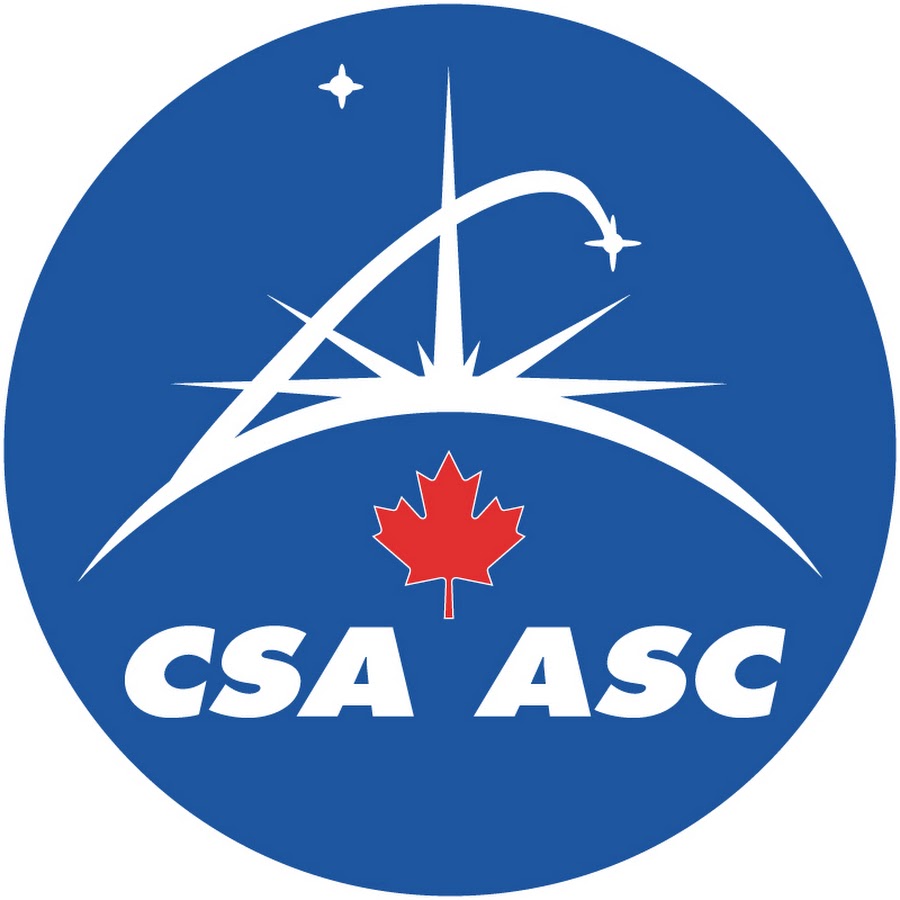Canada’s space industry encompasses hundreds of private companies, universities, research centers, and governmental departments. It’s an enterprise that counts thousands of technical professionals, scientists, and engineers as compatriots.
In 2015, according to the “State of the Canadian Space Sector”, the Canadian space industry generated about $2.7 billion USD in revenue and employed over 24,000 people.
Not only a considerable economic force for the country itself, the Canadian space adventure also exemplifies some of the most important moments in human space history.
Here we share with you the historic dates and iconic figures that highlight the Canadian space journey.
Read More: How Two New Propulsion Systems Could Revolutionize Space Travel
Toronto Magnetic and Meteorological Observatory, 1839
Canada’s fascination with space goes all the way back to the 19th century, with Sir Edward Sabine, an originally Irish astronomer who devoted most of his career to studying Earth’s magnetic field.
To determine the causes of fluctuations in the Earth’s magnetic field, the British Empire undertook the construction of a number of magnetic observatories.
Authorities chose the city of Toronto to host one of these institutions. Created In 1839 under the auspices of Sir Sabine, the Toronto Magnetic and Meteorological Observatory is the oldest scientific institution in Canada.
Alouette I, 1962
Like in the U.S. and other countries, the astronomer relationship with space remained confined to observatories for the 19th and first half of the 20th century.
When the Soviets launched Sputnik in 1957, the boundaries of space exploration changed forever.
In 1962, Canada became the third country in the world after the Soviet Union and the U.S to launch a satellite — the Alouette 1.
Three years later, Aouette II followed, solidifying Canada’s stake in the global space race.
CANADARM, 1981
Debuting on November 13th, 1981, the Shuttle Remote Manipulator System, commonly known as Canadarm, is a mechanical arm created for NASA’s Columbia space shuttle.
Canadarm was used to manipulate and deploy payloads as well as serve as support for astronauts during their spacewalks.

Before being retired, the Canadarm accompanied the Space Shuttle program over 90 total space flights.
CANADARM 2, 2001
Launched on April 19th, 2001, the 17 metre-long Canadarm 2 was built to assemble the International Space Station and then become a part of it as a robotic docking arm.
Still active, Canadarm 2 is immortalized in a Canadian space-themed five-dollar banknote, which also features our next addition.
DEXTRE, 2008
You may assume that Canada’s third generation of robotic arms was named Canadarm 3, but that’s not the case. Dextre is a much more sophisticated space robot than either of its predecessors.
Dextre, launched in 2008, is responsible for several maintenance and repair chores on the ISS. Overall, it helps astronauts spend less time performing hazardous spacewalks.
Canadian Astronauts
Canada’s contribution to space exploration goes beyond its robotic arms. Many Canadian astronauts and physicists brought their know-how to the table and accompanied the development of space-faring humanity.
In 1984, Marc Garneau became the first Canadian astronaut in space after joining the Challenger crew as a payload specialist.
Over the years, particularly after the creation of the Canadian Space Agency in 1989, several other Canadian astronauts followed including Julie Payette, Chris Hadfield, Roberta Bondar, Steve MacLean, Bob Thirsk, Dave Williams, and others.



















Comments (0)
Most Recent